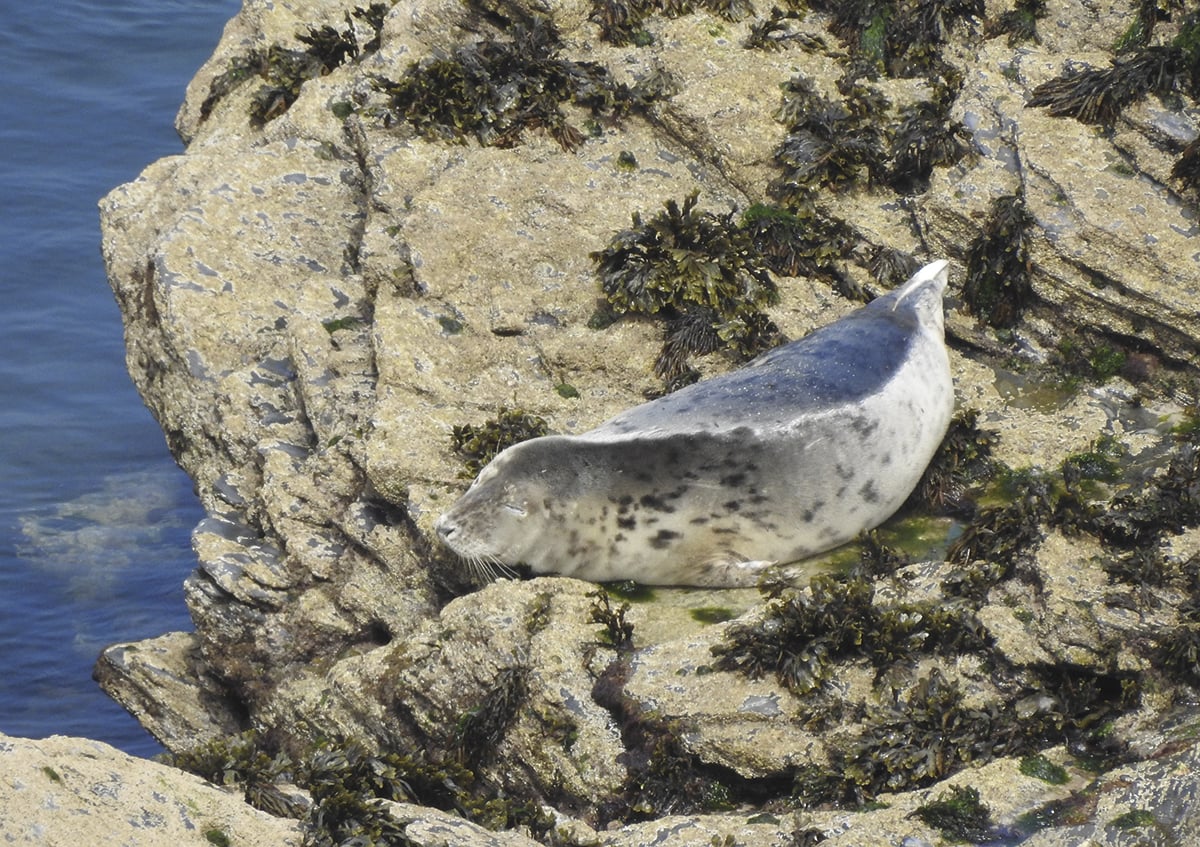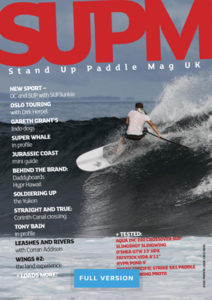Canoeing, kayaking, and paddle boarding are fantastic ways to explore our breathtaking coastline but did you know that the UK is home to both grey seals and common seals? These much-loved marine mammals are a real treat to spot on your paddling adventures, but sadly they are facing an extensive list of threats. Of these issues, disturbance from human interaction is a significant and growing problem. As paddlers, we can help protect seals and their pups by giving them space on land and in the water.
There are lots of reasons why you should avoid seeking out interactions with seals. The effects of human interaction may not always be visible. Stress, increased heart rate, and internal injuries can all occur when a group of seals are disturbed. The impact on pups can be even greater as seals are prone to stampeding and tombstoning (jumping into the water from a great height). The pups have a smaller fat reserve to protect them from impacts, so are more prone to injury.
To help you give seals space, we’ve put together 5 tips on how to avoid disturbing seals with your kayak or paddleboard. We’ve also provided some advice on what to do if a seal approaches you.

1. Never land on a beach where seals are hauled out or are with their pups, except in an absolute emergency.
Why? Disturbing seals on land is potentially incredibly harmful as they are more likely to panic and seek safety in the water where they are formidable swimmers. This sadly results in panicked seals stampeding towards the water leading to pups being injured or separated from their mothers. Pregnant females are also in danger of losing their unborn pups within the frenzy of the stampede. Other consequences include severe cuts and bruising to the seals, especially if they are stampeding over rocks. Also, tombstoning is fatal and occurs when panicking seals enter the water from a height, often leading to broken jaws and ribs.
Did you know seals also suffer cold-water shock in a similar way to humans?
2. Respect and obey ‘No landing’ signs – normally seen during pupping season.
Why? Why? Areas marked off with ‘No landing’ signs are often erected during pupping season. The signs are there to ensure seals have the best environment to give birth and bring up their pups. It’s incredibly important we respect these areas by slowly paddling on by and finding somewhere else to land.
3. Always observe a seal’s reactions to your presence.
For instance, if a seal repeatedly looks at you (when on land or in the water) this shows they’re aware of your presence. It’s now time to slowly back away avoiding eye contact to a spot where you can remain still. We’d strongly recommend being at least 100m away from the beach.
Why? Once a seal feels disturbed then they can stay alert for up to an hour afterwards, meaning vital energy is being wasted.
4. Try to maintain a slow, steady and predictable rhythm as you paddle past seals.
Why? Seals are very inquisitive and if they notice something unfamiliar they’ll look to cautiously explore. By keeping a slow and steady pace seals will quickly lose interest in you.
5. Exercise caution and don’t do anything to harass them if one decides to approach you on its own accord. Remember to stay very still and certainly do not splash or reach out to touch the seal.
On the rare occasion a seal does attempt to board your kayak, canoe or paddle board then gently block its access with your paddle. Keep calm and let the seal move off on its own when ready. When it is safe to do so calmly and quietly paddle away. The seal may follow but will soon lose interest in you.
Why? Seals are not out to attack kayaks, canoes or SUPs so there is no need to panic. Seals are very curious animals and will look to investigate unfamiliar situations. So just enjoy and cherish this incredible moment.
Did you know grey seals are Britain’s largest land breeding marine mammal? Some male seals reach 3 meters long and can weigh up to 300 kilograms. Now you wouldn’t want him coming aboard so please keep your distance.
By following these 5 simple guidelines you’ll be more likely to avoid disturbing seals with your kayak or paddleboard. By avoiding seals you are helping to protect seals and their pups, allowing them to thrive on our beaches and in our waters. You’ll also be helping to continue to showcase how paddlers can share the space with marine life without causing disturbance to their way of life or their habitats. And one last thing to remember, please report any sightings of seals to sightings@cornwallsealgroup.co.uk. They will pass these sightings on to the nearest local recording scheme.
For more information on seals and other marine life please take a look at Paddle UK’s Environment and Good Practices resources. If you enjoyed this blog you might also like our blog post titled – Wildlife when paddling: what to look out for.


 Go Paddling
Go Paddling Clear Access Clear Waters
Clear Access Clear Waters Paddles Up Training
Paddles Up Training Clubhouse
Clubhouse Services Login
Services Login

